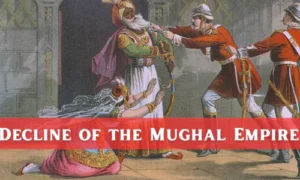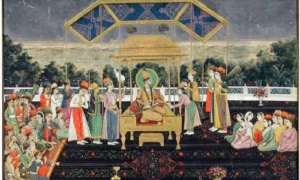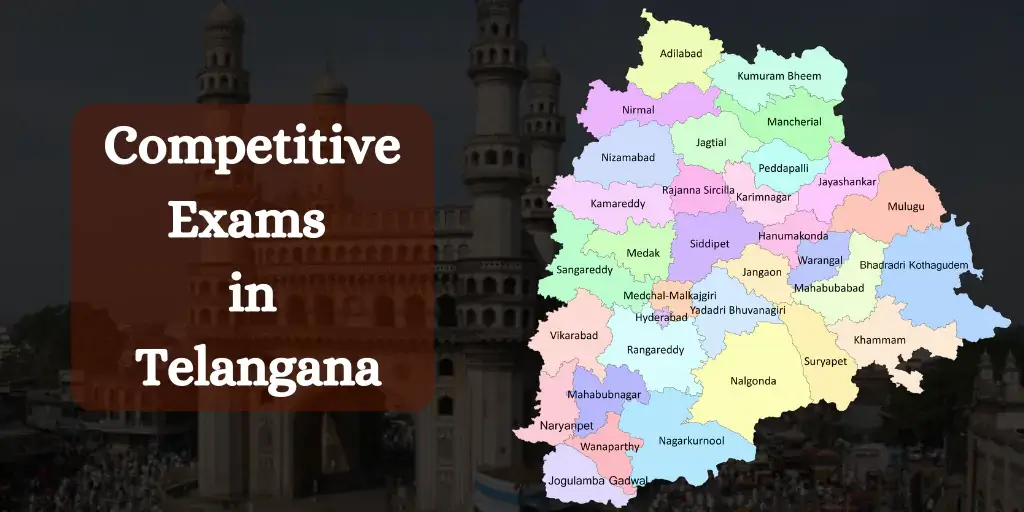From the majestic Taj Mahal to intricate miniature paintings, the legacy of the Mughal dynasty still captivates art lovers and historians alike. But have you ever explored the complex family ties behind one of history’s most powerful dynasties? Descended from both Timur and Genghis Khan, the Mughal rulers built an empire that once contributed over 25% to the global GDP and transformed the cultural fabric of South Asia.
Behind the grand monuments and territorial conquests lies an intricate web of family relationships spanning more than three centuries. The story begins with Babur’s decisive victory at Panipat in 1526 and unfolds through the reigns of legendary emperors like Akbar the Great, Shah Jahan, and Aurangzeb, before culminating with the last emperor, Bahadur Shah II, who witnessed the dynasty’s fall to British colonial power in 1857. Understanding this family tree isn’t just about memorising names and dates—it’s about comprehending how personal relationships, succession disputes, and family dynamics shaped the course of an empire that ruled much of the Indian subcontinent.
In this comprehensive guide, we’ll trace the Mughal lineage from its Central Asian origins to its final days under British rule. You’ll discover the distinction between the Greater Mughals who built the empire to its zenith and the Later Mughals who presided over its gradual decline. Along the way, we’ll explore the key figures who defined each era and examine how their legacy continues to influence modern South Asia.
1. Origins of the Mughal Dynasty

A. Babur’s Founding of the Empire in 1526
Ever wondered how the mighty Mughal Dynasty began? You can trace it back to a remarkable warrior named Babur. After several failed attempts, he finally established his rule in India by defeating Ibrahim Lodi in 1526.
B. Timurid and Genghis Khan Lineage
Your fascination with royal bloodlines will peak when you discover Babur’s impressive ancestry. He claimed descent from both Timur (Tamerlane) on his father’s side and Genghis Khan through his mother, giving him quite the imperial pedigree that helped legitimise his new empire.
Also See: AP Grama Sachivalayam Syllabus
2. The Greater Mughals (1526-1707)

A. Humayun’s Challenges and Reign
You might think ruling an empire is easy when your father conquered it, but Humayun faced constant challenges. After losing his throne to Sher Shah Suri, you’d have been shocked to see him spend 15 years in exile before reclaiming Delhi in 1555. Sadly, just one year later, he died after falling down library stairs – a bizarre end for a ruler who fought so hard to restore his dynasty.
3. The Later Mughals (1707-1857)

A. Key Rulers and Their Reigns
You’ll find the Later Mughal period marked by a rapid succession of rulers, starting with Bahadur Shah I (1707-1712). When you look at these emperors, you’ll notice their shrinking territories and dwindling authority. Muhammad Shah (1719-1748) briefly stabilised the empire before Nadir Shah’s devastating invasion changed everything.
B. Political Instability and Weak Leadership
Ever wondered why the Mughals collapsed so quickly? The answer lies in the weak leadership following Aurangzeb. You’re witnessing a period of palace intrigues, succession battles, and emperors who became puppets in the hands of powerful nobles. This political chaos opened the door for both internal and external challenges to imperial authority.
4. Decline of the Mughal Empire

A. Economic Factors Contributing to Decline
You’ll notice the Mughal economy crumbled from several angles. Heavy taxation crushed peasants while the treasury bled from endless wars. Your understanding of the dynasty’s fall isn’t complete without recognising how financial mismanagement created ripples of discontent.
B. Social and Religious Tensions
Religious policies shifted dramatically after Aurangzeb. You’ve probably wondered why tensions escalated – it’s because later Mughals couldn’t maintain the delicate balance between Hindu and Muslim populations, fueling resistance movements that weakened central authority from within.
5. Complete Mughal Family Tree Structure

A. Primary Line of Succession
When you examine the Mughal Dynasty family tree, you’ll see the direct line started with Babur (1526-1530) and continued through Humayun, Akbar, Jahangir, Shah Jahan, and Aurangzeb. These six rulers, known as the Greater Mughals, established the empire’s foundation and reached its zenith under Akbar and Shah Jahan.
B. Notable Princes and Princesses
Beyond the emperors, you’ll discover fascinating royal figures who shaped Mughal history. Dara Shikoh, Shah Jahan’s eldest and favourite son, was known for his intellectual pursuits and religious tolerance. Jahanara Begum, Shah Jahan’s daughter, wielded significant political influence and managed the imperial household after her mother’s death.
6. The Mughal Legacy in Modern South Asia

A. Cultural and Artistic Contributions
When you explore the Mughal legacy, you’ll find their artistic influence everywhere in South Asia. You can see it in miniature paintings, poetry, music, and literature that still captivate audiences today. The distinctive Mughal aesthetic blends Persian, Turkish, and Indian elements, creating a unique cultural signature you can recognise instantly.
B. Administrative Systems and Governance
You’re still experiencing the impact of Mughal administrative innovations. Their revenue systems, provincial governance structures, and judicial frameworks formed the backbone of colonial British administration and continue to influence modern South Asian governments. Your understanding of public administration in the region can’t be complete without acknowledging these Mughal foundations.
Conclusion
The Mughal Dynasty, from its establishment by Babur in 1526 to its eventual decline under Bahadur Shah II in 1857, represents one of the most significant chapters in South Asian history. Through this complete family tree, you’ve witnessed how the lineage evolved from the Greater Mughals, who expanded and consolidated the empire, to the Later Mughals, who struggled against growing internal and external challenges. The complex family connections reveal not just a political history but a rich tapestry of personalities who shaped architecture, arts, administration, and cultural development across the subcontinent.
As you reflect on this imperial lineage, remember that the Mughal legacy continues to influence modern South Asia in countless ways – from the magnificent Taj Mahal to administrative systems, culinary traditions, and linguistic influences. The story of the Mughal Dynasty serves as a powerful reminder of how family histories intertwine with broader historical narratives. Whether you’re a history enthusiast, student, or simply curious about your cultural heritage, this family tree provides a foundation for understanding the dynasty that once ruled over a quarter of the world’s economy and forever changed the face of South Asia.







新潟市中央区 頭痛
May 23, 2025I hav read so many content regarding the blogger lovers however this post is really a fastidious paragraph, keep it up.
my blog post :: 新潟市中央区 頭痛
腰痛
May 23, 2025Hey would you mind letting me know which webhost you’re using?
I’ve loaded your blog in 3 different interet browsers and I must say this blog loads a lot faster then most.
Can you recommend a good hosting provider at a honest price?
Many thanks, I appreciate it!
my web blog … 腰痛